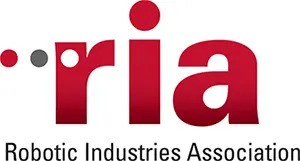Testing methods for Speed and Separation Monitoring (SSM) collaborative robot systems
The scope of this Technical Report is to provide test methods and metrics for validating separation distances of robot applications using Speed and Separation Monitoring (SSM) in accordance with ANSI/RIA R15.06 and RIA TR R15.606. This Technical Report also provides guidance on determining how speeds and positions of robot systems, workpieces, and obstacles should be measured, and under what conditions such measurements should be made.This document is informative in nature and is not a standard. The use of the word “shall” and “should” in a particular statement indicates the relative importance of specific criteria or features indicated in ANSI/RIA R15.06, RIA TR R15.606, and RIA R15.08.

RIA TR R15.1006-202X
https://www.ieee-ras.org/industry-government/standards/standards-strategy-meeting